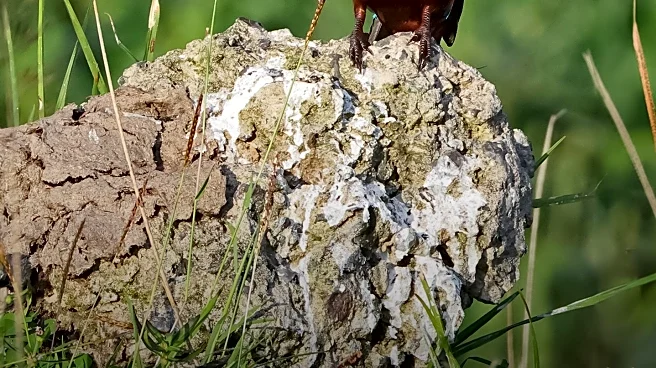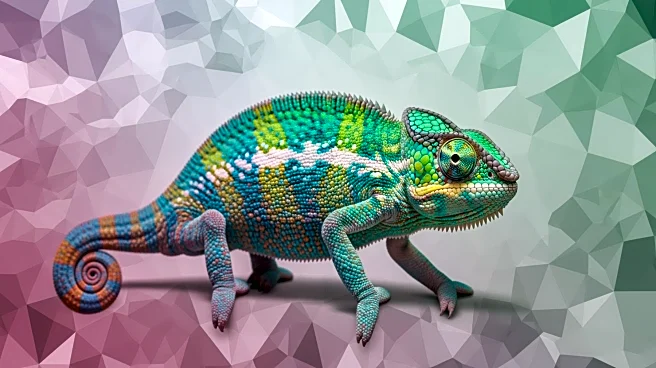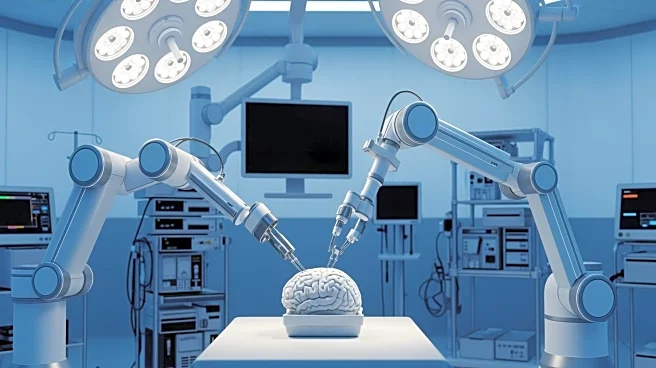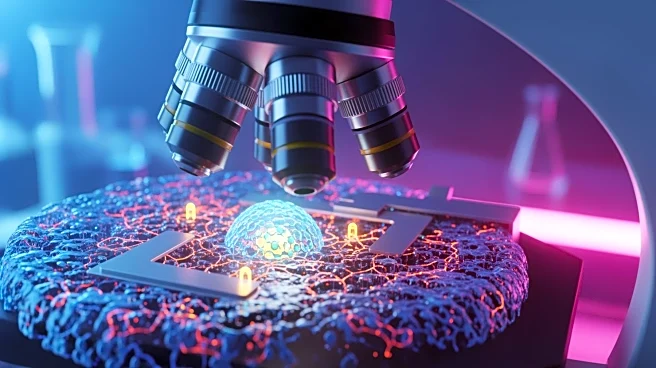What's Happening?
Recent experiments have revealed that humans possess a 'seventh sense' akin to remote touch, allowing them to detect objects buried in sand without direct contact. Volunteers in the study successfully identified hidden cubes with approximately 70% accuracy,
suggesting that humans can perceive faint pressure ripples in loose materials. This ability mirrors certain shorebirds that sense prey beneath wet sand. The research, led by Elisabetta Versace at Queen Mary University of London, compared human performance with a robotic system, finding that human judgment outperformed machines in reading subtle physical signals. The study highlights the potential for humans to interpret faint physical cues beyond direct contact, offering insights into tactile processing.
Why It's Important?
The discovery of remote touch in humans could have significant implications for various fields such as archaeology, forensics, and planetary science, where vision is limited. This ability to read tiny forces in shifting mediums can enhance safety and precision in fieldwork. Engineers have explored tactile mapping of buried objects, and this research could lead to improved methods for detecting objects in dense sand. The findings suggest that humans may retain a dormant capability for remote touch, offering new insights into sensory processing and potential applications in low-visibility settings.
What's Next?
Future research will aim to replicate the findings in other granular media, such as soil or plastic beads, to understand how grain size and friction affect signal detection. Studies will also explore varying finger speed and object shape to map effective receptive fields. Improved robot training schemes that combine physics-based simulations with real trials may reduce false positives and generalize across materials. The research could benefit technicians, surgeons, and rescue teams working under pressure by enhancing their ability to notice weak cues.
Beyond the Headlines
The concept of remote touch in humans suggests a deeper evolutionary connection to sensory extensions found in other species, such as fish and mammals. This finding hints at a dormant human capability rather than a newly evolved one, offering insights into the embedded nature of tactile processing in humans. Understanding this sensory ability could lead to advancements in technology and methods for detecting objects in challenging environments.













